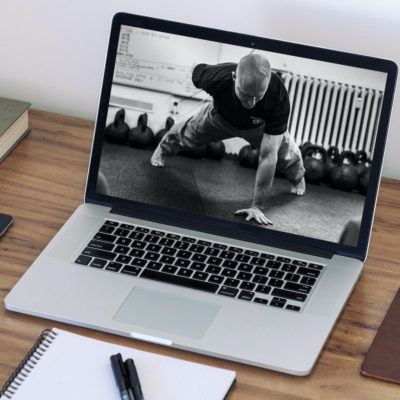As every body-builder knows who uses weights, the Deep Knees Bend is the main “stock” exercise for developing the upper legs. It is a movement which, as a rule, soon shows results, but after a while it is also often found that continuance of its practice doesn’t bring the same results in proportion. That is, so far as creating a greater bulk of development is concerned, the main improvement manifesting itself in the form of better definition by former comparative standards.
Monotonous exercise
Of the different reasons which account for this, two may here be mentioned. One of these is that the weight of the bell is stepped up to a point where it is really too heavy for the existing powers of the performer; that is to say, to execute the movement in a manner where the extensors of the knees do all the work of straightening the legs against the resistance offered by the weight. The fault most commonly seen in this respect is that of rising with the body inclined well forward instead of being kept as upright as possible. This postural error makes rising easier, but destroys the efficacy of the movement as a leg developing exercise.
The second reason is the monotonous character of the exercise, as some people discover it to be, these being those, usually, whose nervous systems are of the “high tension” type. Coincidentally enough, it is this class of individual who, stimulated by the urgings of his particular temperament, is most prone to try to work with poundages that force him into attitudes which alter the proper physical mechanics of the movement as it is objectively designed.
There are ways, however, of varying the performance of this exercise which, by making it more interesting, successfully exclude monotony ; and which, by reason of the variations, automatically help to engender preservation of the right posture. Additionally, which also tend to promote a greater degree of strength in the operating muscles of the legs, so making it possible to work with increasing poundage without postural distortion occurring.
…
[Dumb-bell Squat]
[…] perform the exercise with a dumb-bell held in each hand at the shoulder, feet astride (moderately) and kept flat on the ground throughout… Note that although the bells are held close to the shoulders, no support is afforded by the latter. Sometimes the dumb-bells are tipped so that the rear ends rest on the shoulders, but this is not recommended, as in most instances it results in a distortion of posture. The merit of the movement performed as illustrated is that, apart from the work it throws on the legs, it is a great shoulders and trunk strengthener AND a carriage improver. It will be appreciated, of course, that the use of moderately heavy bells is called for in this exercise. It definitely is not a “light dumb-bell movement.”
– W. A. Pullum: “Variations on the Deep Knee Bend”, in: Health and Strength, 1940s/1950s
If you are interested in a Hard Style dumbbell lifting program, please check out our Dumbbell Swing Tutorial [FREE VIDEO & MANUAL]


















